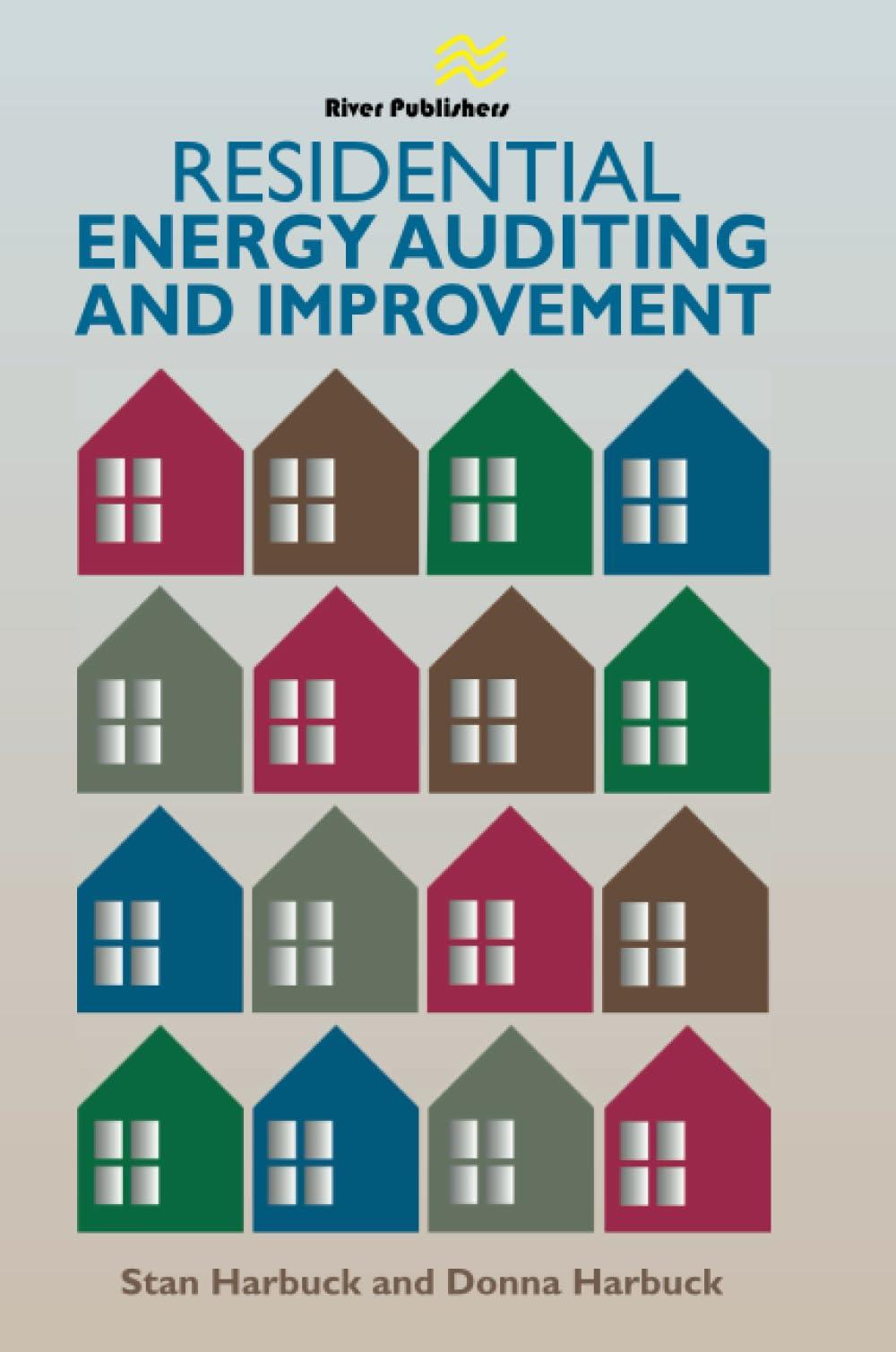Answered step by step
Verified Expert Solution
Question
1 Approved Answer
Depending upon the type of constraint the resource scheduling situation may be of two types: (a) The constraint may be the total project duration. In

Depending upon the type of constraint the resource scheduling situation may be of two types: (a) The constraint may be the total project duration. In this case the resource scheduling only smoothens the demand on resources in order that the demand of any resource is as uniform as possible. During the smoothing process, the start times of the activities on the non-critical paths are shifted, while the project duration remains unchanged. In this case the resource scheduling is called resource smoothing. (b) The second type of constraint may be on the availability of certain resources. Here the project duration may be extended but the demand on certain specified resources should not go beyond the specified level. This operation of resource scheduling is called Resource Levelling 14.15-1 Resource Smoothing The first step in resource smoothing is to determine the maximum requirement. One way is to draw the time-scaled version of the network and assign resource requirements to activities. Then, below the time-scaled network, the cumulative resource requirements for each time unit are plotted. The result is a Load Histogram. The load histogram which is also known as "force curve may be plotted on the basis of early start times or the late start times of the activities. These load histograms establish the framework within which smoothing must occur. Lastly, the start times of non-critical activities first having largest float are shifted to smoothen the requirement of resources. EXAMPLE 14.15-1.1 c26 A network with the following activity durations and manpower requirement is given. Analyse the project from point of view of resources to bring out the necessary steps involved in the analysis and smoothing of resources. Activity 1-2 2-3 2-4 3-5 4-6 4-7 5-8 6-8 7-9 8-10 9-10 Duration (weeks) 2 3 4 2 4 3 6 6 5 4 4 No. of men required 4 3 3 5 3 4 3 6 2 2 9 E=5 E = 7 L = 8 L = 10 NU 2 3 E=0 L=0 E=2 L=2 2 6 2 E = 6 L=6 E = 10 L = 10 E = 16 L = 16 8 E = 20 10 L = 20 5 E- L = 11 E-14 L = 16 Depending upon the type of constraint the resource scheduling situation may be of two types: (a) The constraint may be the total project duration. In this case the resource scheduling only smoothens the demand on resources in order that the demand of any resource is as uniform as possible. During the smoothing process, the start times of the activities on the non-critical paths are shifted, while the project duration remains unchanged. In this case the resource scheduling is called resource smoothing. (b) The second type of constraint may be on the availability of certain resources. Here the project duration may be extended but the demand on certain specified resources should not go beyond the specified level. This operation of resource scheduling is called Resource Levelling 14.15-1 Resource Smoothing The first step in resource smoothing is to determine the maximum requirement. One way is to draw the time-scaled version of the network and assign resource requirements to activities. Then, below the time-scaled network, the cumulative resource requirements for each time unit are plotted. The result is a Load Histogram. The load histogram which is also known as "force curve may be plotted on the basis of early start times or the late start times of the activities. These load histograms establish the framework within which smoothing must occur. Lastly, the start times of non-critical activities first having largest float are shifted to smoothen the requirement of resources. EXAMPLE 14.15-1.1 c26 A network with the following activity durations and manpower requirement is given. Analyse the project from point of view of resources to bring out the necessary steps involved in the analysis and smoothing of resources. Activity 1-2 2-3 2-4 3-5 4-6 4-7 5-8 6-8 7-9 8-10 9-10 Duration (weeks) 2 3 4 2 4 3 6 6 5 4 4 No. of men required 4 3 3 5 3 4 3 6 2 2 9 E=5 E = 7 L = 8 L = 10 NU 2 3 E=0 L=0 E=2 L=2 2 6 2 E = 6 L=6 E = 10 L = 10 E = 16 L = 16 8 E = 20 10 L = 20 5 E- L = 11 E-14 L = 16
Step by Step Solution
There are 3 Steps involved in it
Step: 1

Get Instant Access to Expert-Tailored Solutions
See step-by-step solutions with expert insights and AI powered tools for academic success
Step: 2

Step: 3

Ace Your Homework with AI
Get the answers you need in no time with our AI-driven, step-by-step assistance
Get Started


